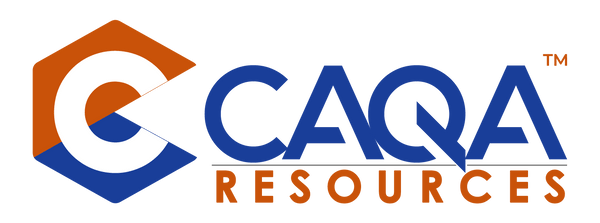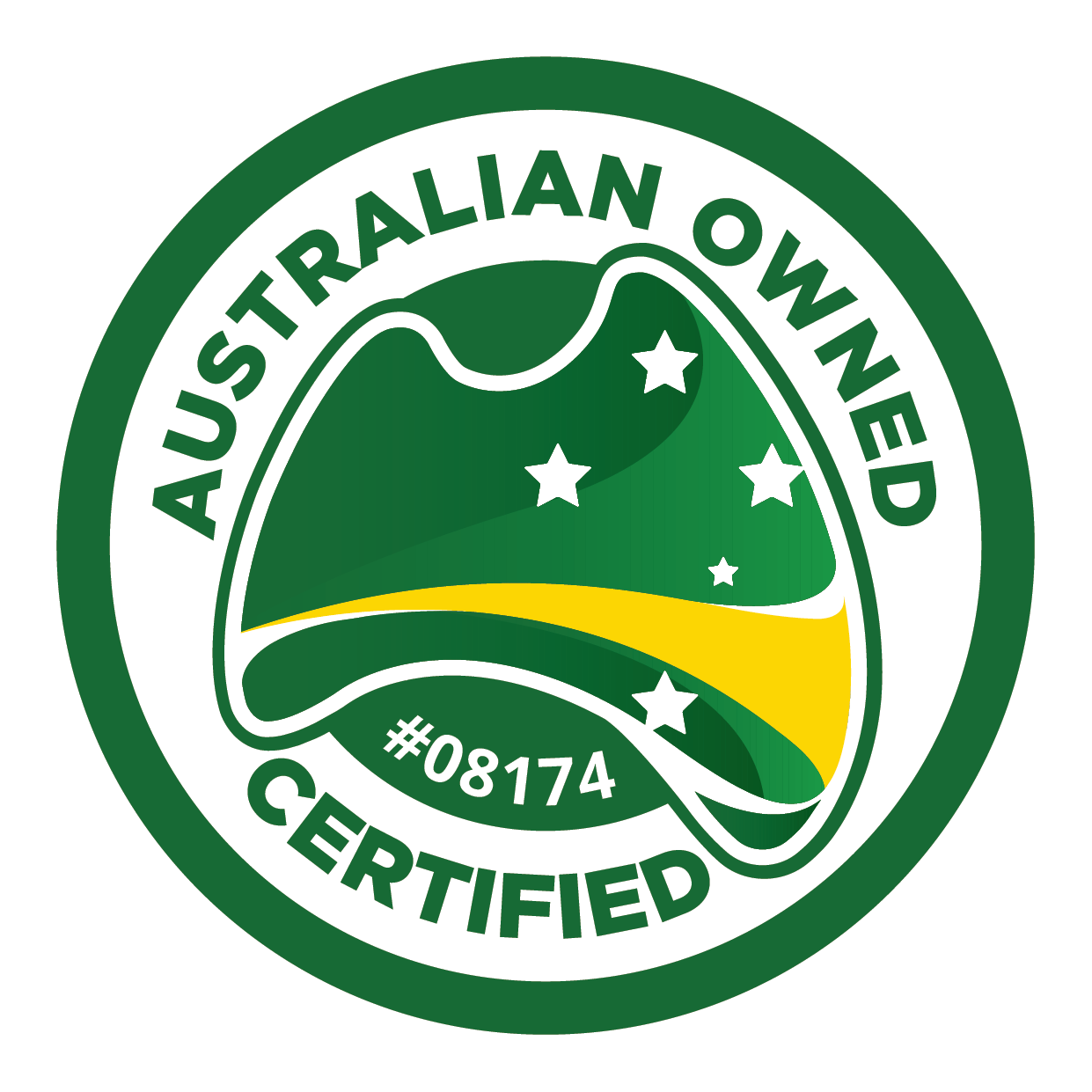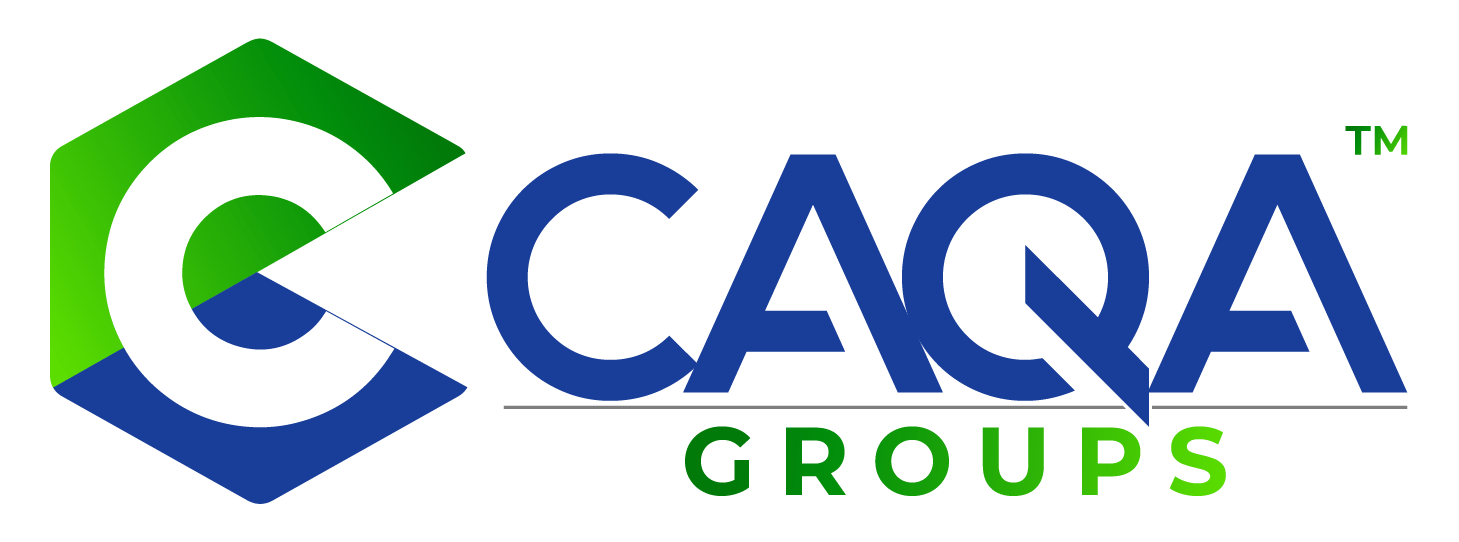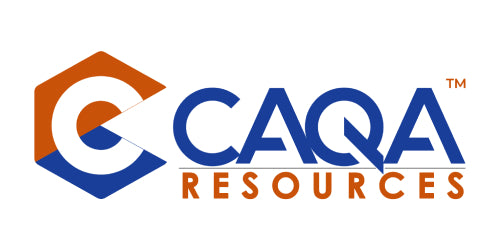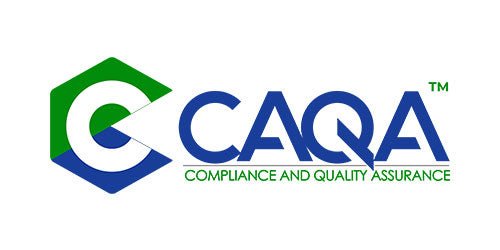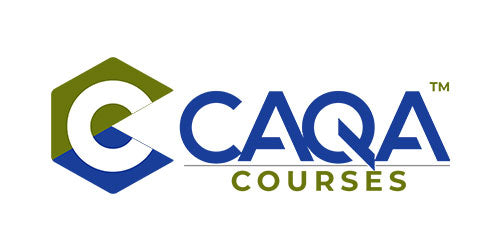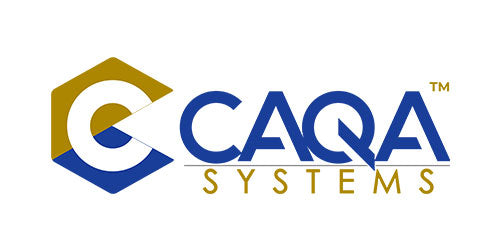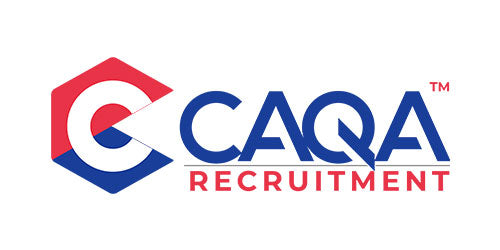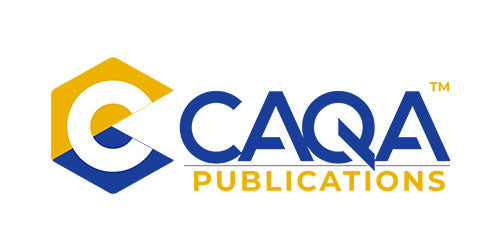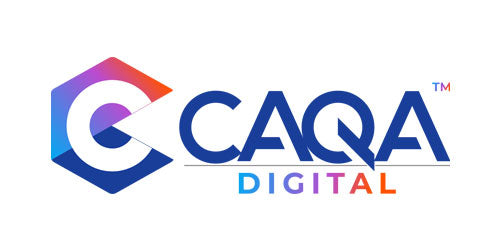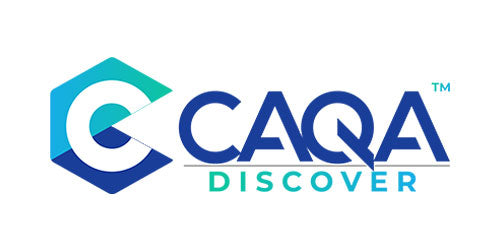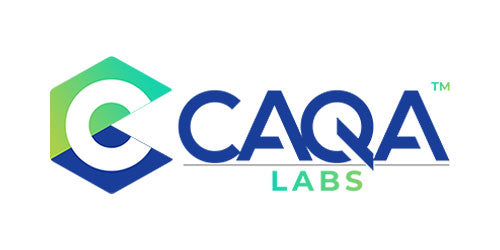A Training and Assessment Strategy (TAS) is a vital document that is the backbone of a Registered Training Organisation's (RTO) approach to delivering high-quality, compliant training and assessment. It is a comprehensive roadmap that outlines the methods and strategies employed by the RTO to ensure that learners can successfully meet the requirements set out in the relevant training package or accredited course.
At its core, the TAS is a detailed "how-to" guide encapsulating the entire process of developing, delivering, and managing a training program. It provides a high-level, overarching view of the program, encompassing all aspects of the learning journey, from identifying learning requirements and selecting appropriate teaching methods to implementing effective training arrangements and designing robust assessment strategies.
Purpose of the TAS
The primary purpose of a TAS is to outline a structured approach to delivering training and assessment services that meet the requirements set by the national training packages or accredited courses. It serves as a blueprint for training delivery and assessment practices, ensuring that all educational activities align with the quality standards and learning outcomes expected in the sector.
The Importance of a Well-Crafted TAS
A well-crafted TAS is essential for several reasons. Firstly, it ensures that the RTO has a clear and structured approach to delivering training and assessment that is consistent with the requirements of the relevant training package or accredited course. By carefully mapping out the learning outcomes, delivery methods, and assessment strategies, the TAS helps to ensure that learners receive a high-quality, industry-relevant education that equips them with the knowledge and skills needed to succeed in their chosen field.
Secondly, a comprehensive TAS is crucial for maintaining compliance with the Standards for Registered Training Organisations (RTOs) 2015. These standards, enforced by the Australian Skills Quality Authority (ASQA), set out the minimum requirements that RTOs must meet to deliver nationally recognised training and assessment services. A well-developed TAS demonstrates to ASQA that the RTO has a robust and systematic approach to training and assessment that meets these standards, thereby helping to minimise the risk of non-compliance and potential sanctions.
Thirdly, a TAS is a valuable communication tool, providing a clear and concise overview of the training program to all stakeholders, including learners, trainers, assessors, and industry partners. By clearly outlining the learning objectives, delivery methods, and assessment strategies, the TAS helps to ensure that everyone involved in the training program is on the same page and working towards a common goal.
This essential document may also be referred to as a Learning and Assessment Strategy (LAS), Qualification Delivery and Assessment Strategy (QDAS), or simply a "helicopter document." To maintain consistency with the Standards for Registered Training Organisations (RTOs) 2015, it is recommended to use the term "Training and Assessment Strategy."
A well-crafted TAS conveys crucial information, including:
- Qualification details and training product codes
- Enrolment requirements set by the RTO
- Core and elective units of competency and their rationale
- Alignment with qualification packaging rules
- Prerequisites for enrolling in the training product
- RTO details and contact person
- Clustering of units, if applicable
- Learner cohort description and related industry experience
- Training delivery modes and methods
- Assessment modes and methods
- Entry and exit points
- Pathways to and from employment
- Delivery and assessment timeframes
- Volume of learning and amount of training
- Work-placement requirements, if applicable
- Details on how training and assessment will take place
- Staff qualifications for delivering and assessing the training
- Required equipment, facilities, and resources
- Industry consultation processes and outcomes
- How industry feedback has been gathered to enhance the development of training and assessment strategies, practices, policies, and procedures.
- Details of validation processes
- A sequence of unit delivery
- Review and approval processes for the TAS
The TAS is initially constructed as an overarching strategy to validate the RTO's organisational capacity to deliver the qualification. It considers factors such as venue, equipment access, and qualified staff from both vocational and training and assessment perspectives.
Auditors use the TAS to ensure it provides a framework for delivering quality training products. They focus on key aspects such as delivery location, methods, resources, support services, trainer qualifications, entry and exit requirements, and the clarity of instructions for trainers and assessors.
RTOs must develop a fit-for-purpose TAS for each course, delivery mode, learner cohort, and location. The TAS should be validated and customised to accommodate variations in teaching, learning, assessment, and support arrangements. It is a living document that should be regularly reviewed and updated to reflect the RTO's current practices and learner needs.
In the upcoming parts of this series, we will delve into the essential components of a TAS template, provide guidance on completing the template, and discuss best practices for reviewing and managing your Training and Assessment Strategy.


